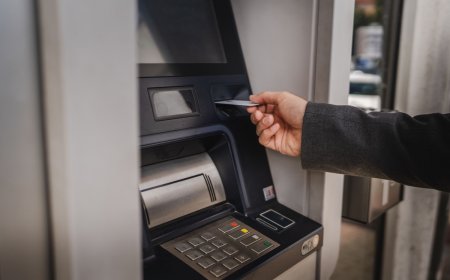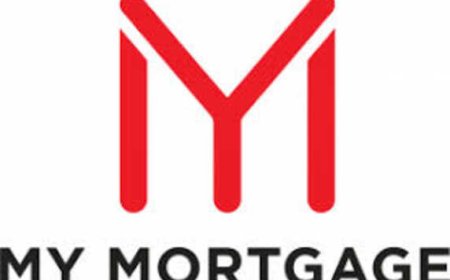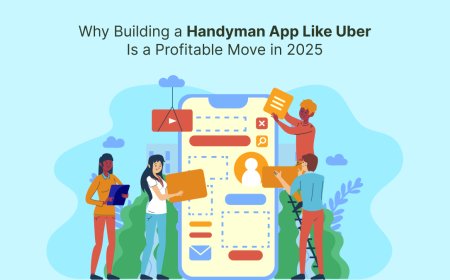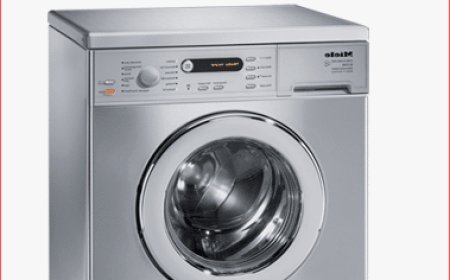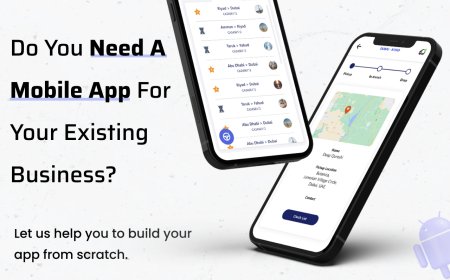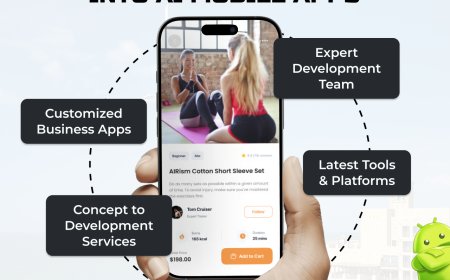How to Determine if Mobile Self-Checkout is Right for Your Store Type
Not all stores are the same—discover how to evaluate whether mobile self-checkout will enhance efficiency and customer experience in your retail space.
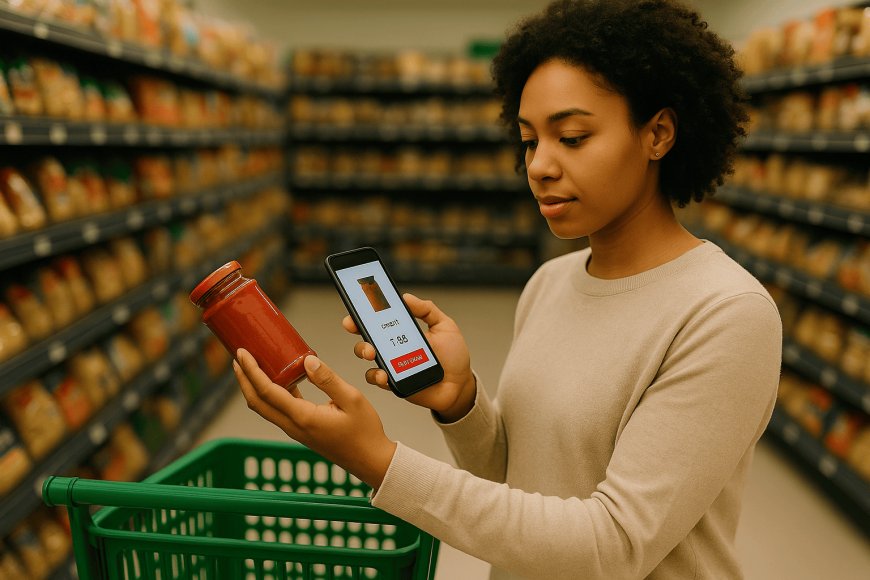
As a retailer, you are pitched new technology all the timeshiny dashboards, smart shelves or inventory management tools, AI pricing engines, dedicated apps, etc.
Not every retail technology will make sense for your store. Some make promises. Some deliver.
The best ones, however, are those that fit. They feel like they were designed for the way your store runs, the way your customers shop, and the way you want to grow.
Mobile self-checkout is one of those tools. It has the potential to streamline operations, reduce staffing pressure, and create the kind of seamless experience todays shoppers expect.
Mobile self-checkout technology can be implemented quickly as compared to many other in-store retail technologies. Its because it involved minimal to no physical elements.
Yet, you need to evaluate various things about your store, your customers, and your business goals before saying yes to this technology.
So how do you know if its right for you? Thats exactly what this blog is for.
Below is a five-step process to help you find out.
1. Evaluate your customer base
Who are you serving? Thats where every tech decision should start.
Assess customer demographics
If your shoppers are younger, digital-savvy, or simply glued to their smartphones, theyre already primed for mobile self-checkout apps.
Its quite straightforward: if they can manage banking, ordering food, checking in for flights, etc through their smartphones then they can surely use mobile self-checkout apps.
And heres one thing you need to consider: Not every shopper is the same. There are some less tech-savvy or not much familiar with mobile apps.
The transition for such customers may require a little more handholding. Or maybe you can have a hybrid setup that offers both traditional and mobile checkout. Leave the choice to your customers.
Analyze customer pain points
Consider the following questions:
-
Are long lines a recurring complaint in your store?
-
Do your shoppers seem impatient when queues form at peak hours?
-
Have you heard more requests for contactless options since the pandemic?
These are not isolated frustrations. They're signals. Your customers want faster, safer, and more convenient ways to get what they came for and leave.
What you uncover here isnt just about tech adoption; its about loyalty as well. When you solve a pain point, your customers remember.
And that becomes a strong reason for them to come back.
2. Assess your business goals
Mobile self-checkout technology isnt just about speeding things up. It has ripple effects across several aspects of your business.
Here are three aspects you need to evaluate:
Operational efficiency
Are you trying to make your store operations more efficient or are you struggling to have efficient store operations? If yes, then heres how a mobile self-checkout solution can help:
Fewer fixed registers. Less manual scanning. Smarter allocation of staff.
These smart mobile-based self-service checkout apps reduce cashier strain and allows your employees to focus on high-impact tasks like customer service or replenishment.
Revenue growth
This one's actually a no brainer. Every retailer wants to grow their revenue.
A smoother in-store checkout experience encourages impulse purchases. When your customers dont feel rushed or blocked by lines, they are likely to spend more.
Besides, mobile self-checkout systems can even include subtle upsell prompts like people also bought or limited-time offers at just the right moment.
Brand loyalty
Imagine this: a customer walks in, scans their items, sees a personalized reward, and checks out in seconds. No wait, no fuss.
Now, thats more than just convenience; its relationship-building. And if youre a retailer that offers this kind of autonomy and personalization, then you position your business as thoughtful and customer-centric.
3. Consider your store layout and operations
Store layout and space matters a lot, especially when you are a small or medium sized business.
And mobile self-checkout systems can help you optimize your store space.
Space utilization
What could you do with the square footage currently occupied by traditional checkout counters? Could it become a product discovery zone, a seasonal display, or an experiential corner?
Because mobile self-checkout shrinks the need for bulky infrastructure and opens up new possibilities for merchandising.
Staff training and support
Your team is essential to any successful rollout. Will they need new training to guide customers through the new process? Are they open to change or will it require some cultural shifts?
Expect some initial resistance. Because change always triggers a bit of discomfort, but a clear plan and consistent support can smooth the path.
Mobile self-checkout doesnt have to overhaul your store. In many cases, it simply adds flexibility to what you already have.
4. Weigh the costs vs. benefits
Every new solution has a price. But the real question is: what does it deliver in return?
Thats why this is perhaps the most crucial aspect for many retailers to consider.
Upfront investment
Yes, theres an initial cost whether youre developing an app, integrating your POS, or training staff.
But the good news is that mobile self-checkout systems arent just for big-box retailers anymore. There are many affordable SaaS options that make it accessible for mid-sized and specialty stores too.
Long-term ROI
Heres what you need to know about long-term ROI of mobile self-checkout technology: Reduced reliance on checkout staff, higher throughput, better customer retention. All these compounds over time.
Apart from the numbers, theres the aspect of brand value as well. Offering a modern and mobile-first checkout experience signals that your store is evolving with your shoppers.
Hence, it isnt about saving a few minutes at checkout for your customers; its also about positioning your business to compete and win long term.
5. Test before you commit
Smart retailers dont jump straightaway. They test. Then they scale.
Start small with a pilot program
Choose one location, or even one department. Observe how customers respond. Ask your staff whats working. Use this phase to test assumptions and identify friction before going wider.
Measure success metrics
What are you trying to improve? Queue times? Order size? Customer satisfaction?
Set clear KPIs and track them from the start. The better your data, the easier itll be to make a smart go/no-go decision later.
Think of your pilot not as a trial, but as a learning tool. Thats where the real ROI begins.
Final Words
Mobile-based self-checkout isnt a magic wand. It wont fix every store problem overnight.
But for the right kind of store, one thats ready to meet changing consumer expectations, it can drastically improve the customer experience and store operations.
Its not just about letting customers skip the line. Its about redefining how they move through your store. How you allocate your staff. How you think about efficiency, loyalty, and growth.
So if youre asking whether a mobile self-checkout solution is right for your store, heres a better question:
Are you ready to meet your customers where they already are?
Nows a good time to find out.




















